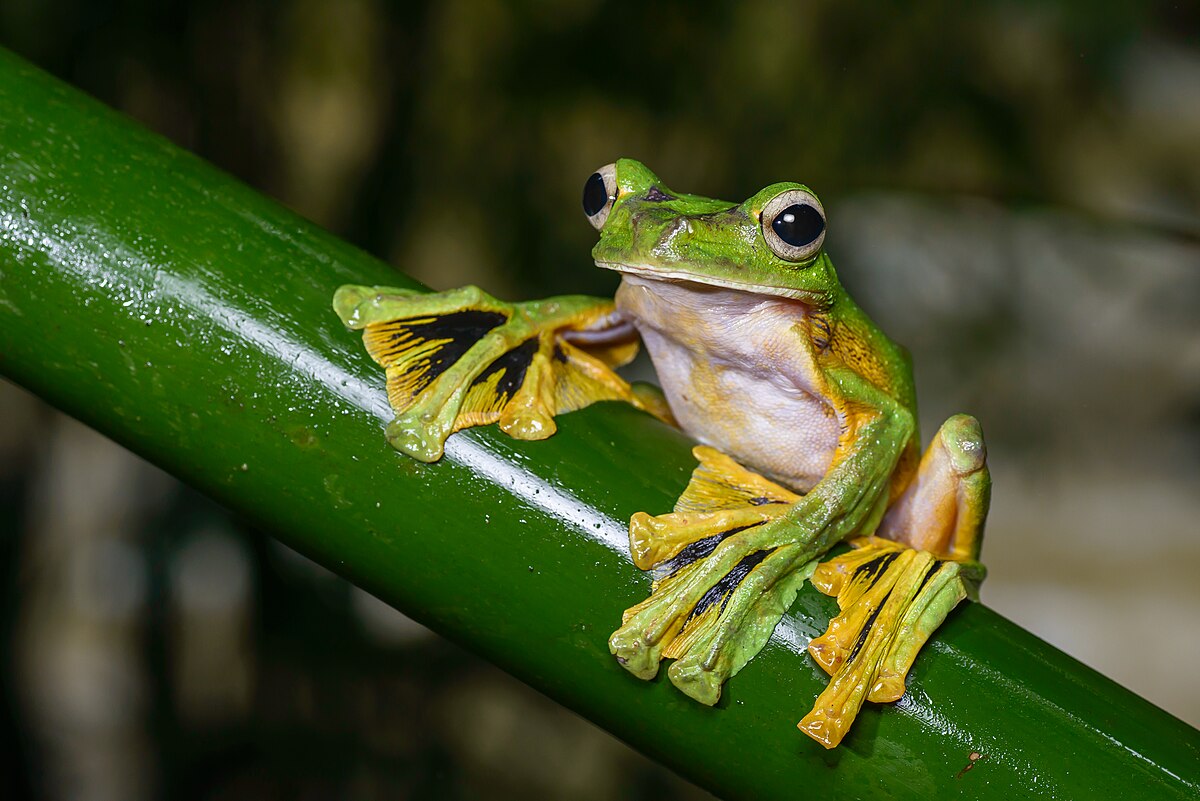Frogs: An Amphibian Marvel
Frogs: An Amphibian Marvel
Introduction
Frogs, belonging to the vast group of amphibian creatures, are fascinating beings that inhabit moist environments, with many preferring an aquatic lifestyle. They have been subjects of interest from both biological and cultural perspectives. A 10,000-word English article could encompass topics ranging from the morphology, physiology, ecology, behaviors, diversity, and impacts on humans. Here's a possible outline for such an article:
Section 1: Morphology and Physiology
Frogs' anatomical structures: skin, eyes, legs, etc.
Respiratory system: lungs and cutaneous respiration
Circulatory system and heart structure
Digestive system and feeding habits
Section 2: Ecological Adaptations
Habitats inhabited by frogs: aquatic, terrestrial, and arboreal species
Frogs' relationship with climate and the environment
Feeding habits and hunting strategies
Reproductive behaviors and breeding habitats
Section 3: Diversity and Classification
Diversity of frog species worldwide
Major frog families and characteristics of their species
Endemic species and conservation status
Classification and contributions of molecular phylogenetic studies
Section 4: Behavior and Communication
Social behaviors of frogs
Mating calls and communication
Aggression and defense mechanisms
Section 5: Frogs and Humans
The place and symbolism of frogs in human culture
Their significance and usage in medical research
Ecosystem services provided by frogs and their impacts on humans
Threats and conservation efforts: habitat loss, climate change, diseases, and commercial hunting
Conclusion
The biological and ecological significance of frogs
Recommendations for conservation and sustainability
Future research areas and important questions

Kaynakça
- ^ "www.turkherptil.org". 27 Mayıs 2012 tarihinde kaynağından arşivlendi. Erişim tarihi: 18 Aralık 2012.



















































